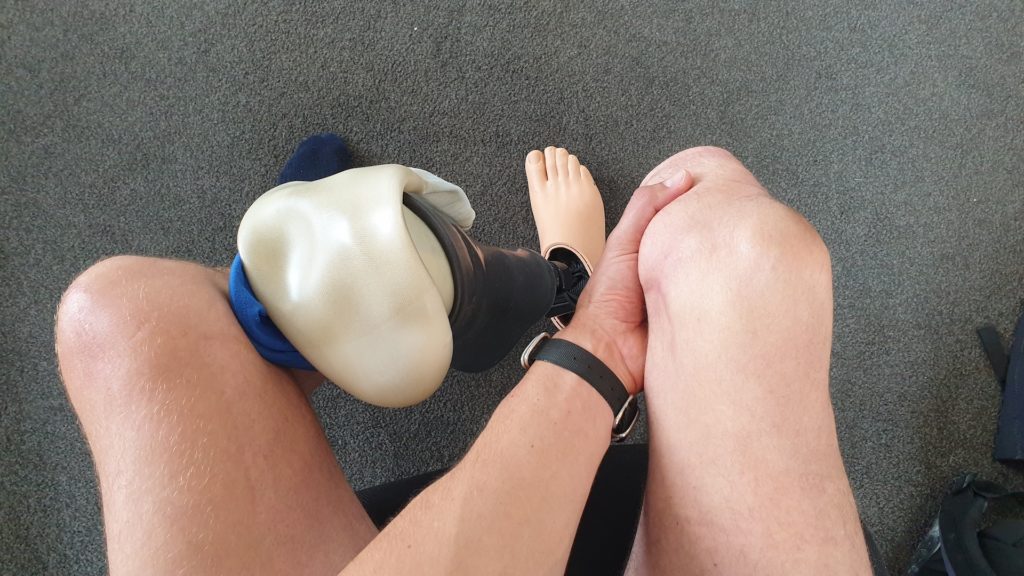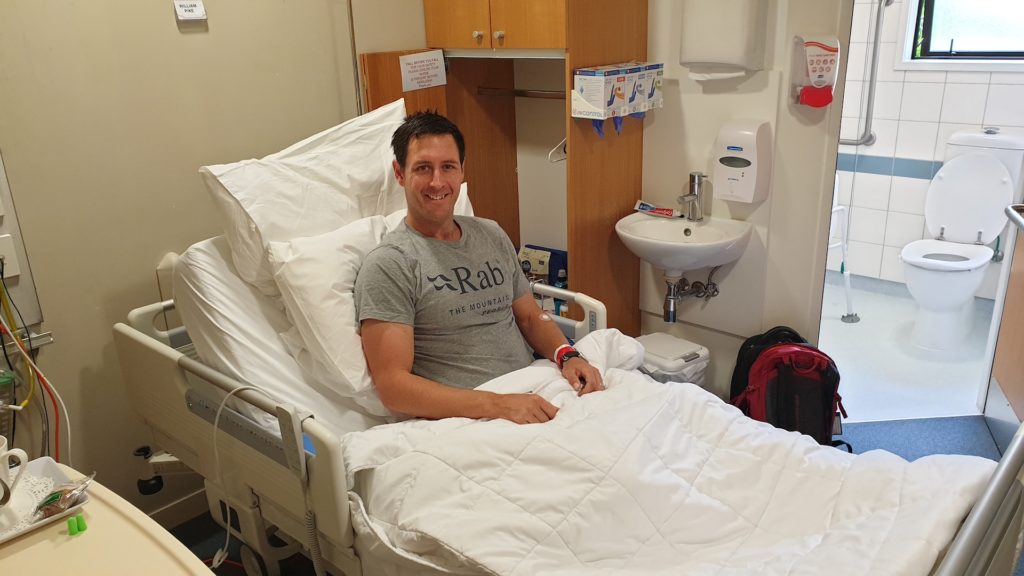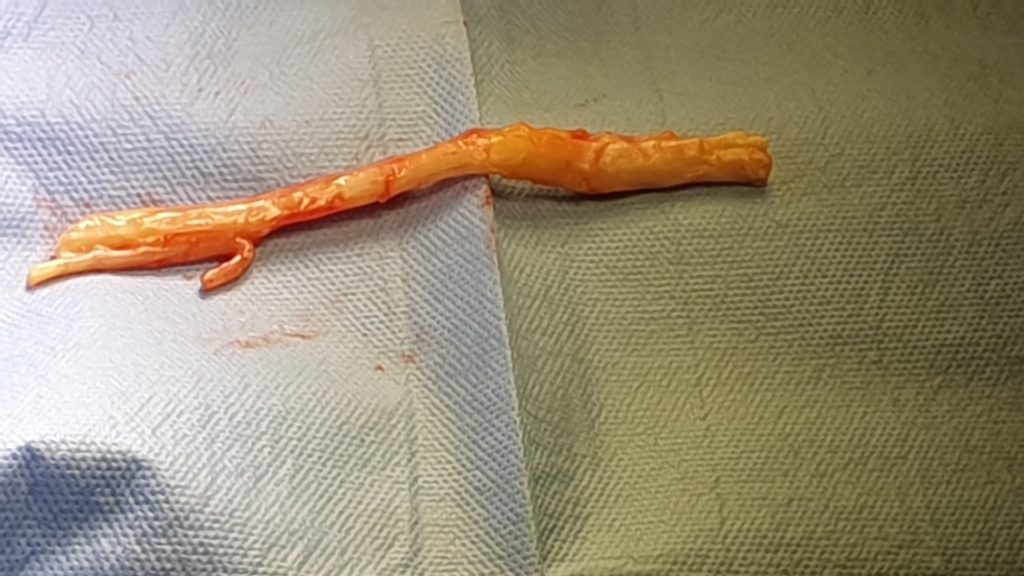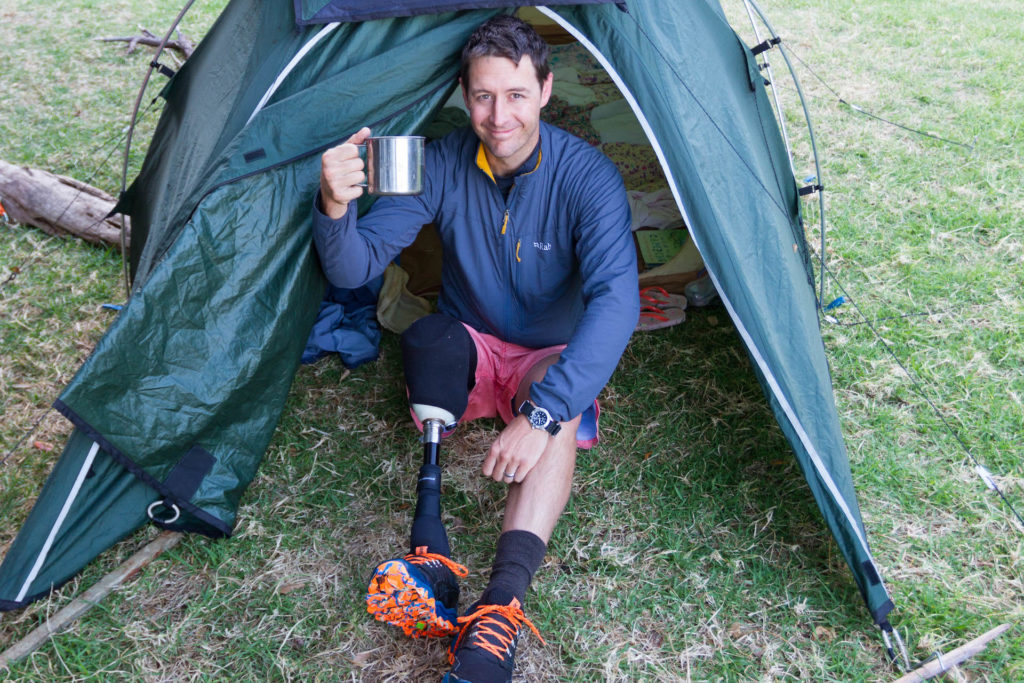Peroneal nerve neuroma issues
In 2007 I had my right leg amputated below the knee due to severe crush injuries. The crush was a result of being caught in a volcanic eruption, but that’s a story for another day! Since 2007, I’ve managed to avoid going under the knife. But mid 2020, I noticed a change in my stump and lots of pain. Little did I know, this was a peroneal nerve neuroma. Slowly but surely, it became worse.

A painful peroneal nerve neuroma
What were my peroneal nerve neuroma symptoms?
It didn’t matter whether my limb was on or off. Or if I was lying, standing or sitting. I could feel a burning and ‘full’ sensation in the back, right hand side of my stump. The pain increased when I sat, stood or walked for long periods of time. My mind was constantly drawn to this pain and often there was no escaping it. Additionally, with my prosthetic limb on, the pain was referring to other areas of my stump. As a result, I went from being a highly active amputee that loves boating, bush walking, fishing and mountaineering, to a couch potato.
What next with this painful peroneal nerve neuroma?
After a few days of pain, I began to take it easy. I stopped my activity and spent a few days on the couch hoping my limb would settle, but it didn’t. After 10 days of no improvement, I contacted my prosthetist and shared my symptoms.
What happened next?
My prosthetist referred me to an orthopaedic surgeon, who then sent me for an MRI scan. The MRI scan clearly showed an inflamed peroneal nerve neuroma. So it was back to the orthopaedic surgeon to review the results, and I was given an injection of cortisone directly into the peroneal nerve neuroma. I thought this was going to be terribly painful, but I was wrong. A little local anaesthetic did the trick!
Three weeks down the track, I was delighted to see some reduction in pain. This provided a few months of either reduced pain or no pain at all, it was fantastic! But as anticipated by the surgeon, the pain came back. After gathering more information and discussing options with my orthopaedic surgeon, I built up the courage and decided to have the peroneal nerve removed. There were so many what-if’s. What if it didn’t work? How long until I’d be able to walk again? What if I got an infection? But..I had the facts and I had spoken to other amputees who’d had a similar procedure done. So I decided to roll the dice and go for it!

William pre operation
The operation
Thankfully, the operation was short and sweet. About 45mins under general anaesthesia I’m told. Post operation I learnt that my surgeon made an incision in the back of my stump, along the crease of my knee – this was important and I’ll come back to this soon. As you can see by the photo, the peroneal nerve is huge! It measured 11cm by nearly 1cm thick. According to the surgeon, this isn’t normal and was likely due to socket pressure over the years. There was no doubt that this nerve was causing my pain.

Removal of peroneal nerve neuroma
The recovery
For an active person like myself, it was a slow recovery! I was on a lot of pain killers for the first 7 days and spent as much time on the couch or in bed as possible, hoping to speed up the healing process. It worked. 3 weeks after the operation, I tried my prosthetic limb on. As expected, there was swelling in my stump and this made the socket tricky to get on at first. For the following week, I hobbled around on my crutches and prosthetic limb. As indicated in the paragraph above, an incision along the crease of the knee meant that I wasn’t bearing weight on the wound. This meant I was able to get walking a lot faster than anticipated. Had there been an incision on any weight bearing surface of my stump, this would have definitely slowed things down!
12 weeks post operation
I’ve just got back from a camping trip with my family and it was awesome! And no stump pain either! Looking back and reflecting on this experience, I’m glad I went through with removing the peroneal nerve neuroma. The wound itself is still a bit tender, but I’m sure this will pass in time. I should also point out, removing the nerve has also improved the comfort of my prosthetic limb. This operation has ensured I don’t limit my challenges anymore. Instead, I’m now able to challenge my limits. So, if you’re having peroneal nerve issues or have a neuroma in your stump, talk to your prosthetist and discuss your options.

To learn more about the Pro Armour Lite, visit our website here.
For New Zealand based amputees, ask your prosthetist about a Pro Armour Lite today!
Interested in more Pro Tips for amputees? Follow us on Facebook and Instagram.
Happy days, happy adventures.